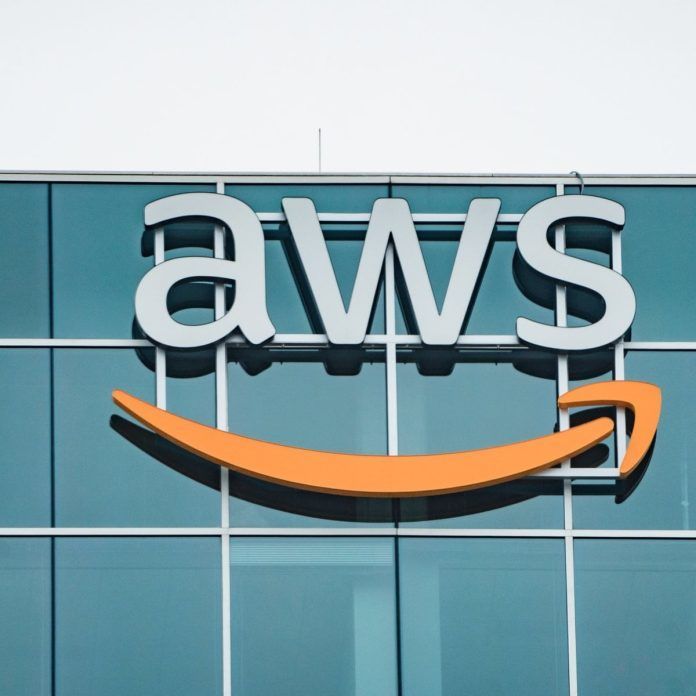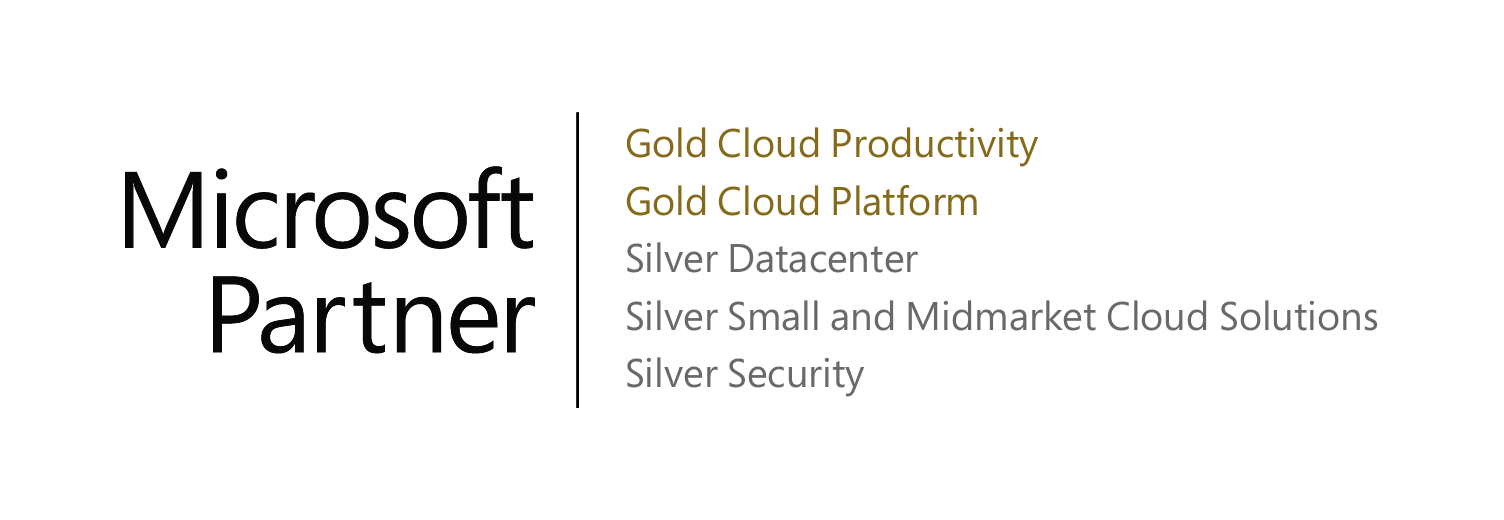We’ve been talking a lot about Windows Virtual Desktop recently and showcasing its many of the benefits. However, it is important to know that there are other hosted desktop and infrastructure options out there! Today, we’ve decided to look at Citrix vs Windows Virtual Desktop (WVD) to help you decide which is the right one for you.
COST COMPARISON
The cost of Citrix vs Windows Virtual Desktop generally favors Windows Virtual Desktop. Citrix requires multiple servers to be built for management and orchestration, Windows Servers for session hosts, and additional Windows RDS cals. On top of adding in the consultant fees and time to set it up all, you will need Office Pro Plus, hardware and possibly ongoing specialist support services for a Citrix environment. For a 50-user organization, that’s about $120k-$170k upfront. This does not include the recurring costs of licensing or the time required by IT staff to support the environment.
For the same sized business of 50 users, using Windows Virtual Desktop, the organization will require an Azure subscription (WVD is only available in Azure) and Microsoft 365 licensing. Since Azure offers WVD through its Platform as a Service offerings (PaaS), there is generally much less consultancy and setup time needed. An estimate for this scenario is about $30K to get started (that is quite the cost savings) and the monthly cost per user ranges between $7-$10 dollars a month per user.
For a cost breakdown, you can use the Azure cost calculator.
ADMINISTRATION EXPERIENCE
Citrix administration comes with a much steeper learning curve than WVD. Citrix offers quite a few advanced features and controls that are beneficial, but also take experience to understand, deploy and manage. With Microsoft Windows Virtual desktop, IT administrators can centrally administer the infrastructure from the cloud through the Azure blade. Azure handles orchestration of traditional features like RD Gateway and Collection Broker servers, which makes administering WVD much easier than Citrix. Since WVD is all cloud hosted, there is no need to visit a data center or server room. This means easy, centralized management and ease of use for IT departments. It is important to note that for those organizations that prefer the more robust feature set of Citrix, WVD can have Citrix layered on top in Azure.
USER DESKTOP EXPERIENCE
What the user sees with Citrix vs Windows Virtual Desktop is quite different. With Citrix on premise the user is presented with a Windows Server OS, which will look very different from a user’s desktop operating system. With Windows Virtual Desktop, users see the same Windows 10 desktop. This is great from a usability perspective because WVD provides a familiar workspace for users. Since WVD is a desktop operating system, it can run all the same applications that users normally run. This is not always the case for Citrix environments that use Windows Servers, because there are applications that are not always capable of running or being installed on a server OS. To overcome this, it is possible to present a Windows 10 desktop with Citrix in Azure, but there are extra costs for this type of deployment.
FINAL THOUGHTS
In conclusion, there are a lot of benefits to Windows Virtual Desktop. The cost is a lot lower and implementation a lot easier and simpler. However, since you can use Citrix Cloud on top of Microsoft Windows Virtual Desktop, you do not have to completely rule out Citrix if you want to run a virtual Windows 10 environment. When it comes to Citrix vs Windows Virtual Desktop, WVD does offer some compelling advantages. However, if you already have Citrix and are looking to shift to Windows 10 Virtual Desktops, layering or combining the two solutions is definitely an option.
If you’d like some more information on Windows Virtual Desktop, you can take a deeper dive by visiting the following links:





